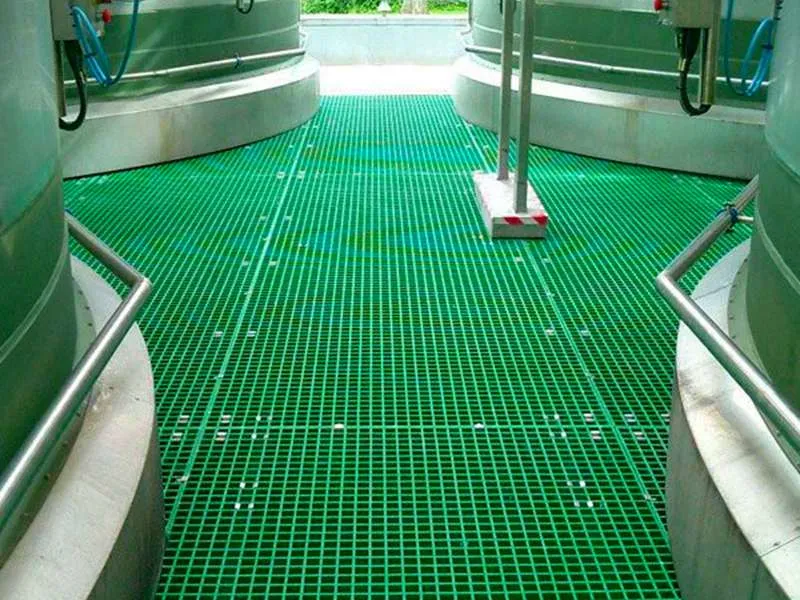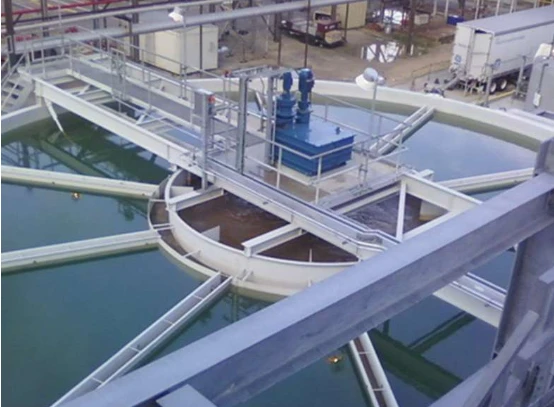
-
 Afrikaans
Afrikaans -
 Albanian
Albanian -
 Amharic
Amharic -
 Arabic
Arabic -
 Armenian
Armenian -
 Azerbaijani
Azerbaijani -
 Basque
Basque -
 Belarusian
Belarusian -
 Bengali
Bengali -
 Bosnian
Bosnian -
 Bulgarian
Bulgarian -
 Catalan
Catalan -
 Cebuano
Cebuano -
 China
China -
 China (Taiwan)
China (Taiwan) -
 Corsican
Corsican -
 Croatian
Croatian -
 Czech
Czech -
 Danish
Danish -
 Dutch
Dutch -
 English
English -
 Esperanto
Esperanto -
 Estonian
Estonian -
 Finnish
Finnish -
 French
French -
 Frisian
Frisian -
 Galician
Galician -
 Georgian
Georgian -
 German
German -
 Greek
Greek -
 Gujarati
Gujarati -
 Haitian Creole
Haitian Creole -
 hausa
hausa -
 hawaiian
hawaiian -
 Hebrew
Hebrew -
 Hindi
Hindi -
 Miao
Miao -
 Hungarian
Hungarian -
 Icelandic
Icelandic -
 igbo
igbo -
 Indonesian
Indonesian -
 irish
irish -
 Italian
Italian -
 Japanese
Japanese -
 Javanese
Javanese -
 Kannada
Kannada -
 kazakh
kazakh -
 Khmer
Khmer -
 Rwandese
Rwandese -
 Korean
Korean -
 Kurdish
Kurdish -
 Kyrgyz
Kyrgyz -
 Lao
Lao -
 Latin
Latin -
 Latvian
Latvian -
 Lithuanian
Lithuanian -
 Luxembourgish
Luxembourgish -
 Macedonian
Macedonian -
 Malgashi
Malgashi -
 Malay
Malay -
 Malayalam
Malayalam -
 Maltese
Maltese -
 Maori
Maori -
 Marathi
Marathi -
 Mongolian
Mongolian -
 Myanmar
Myanmar -
 Nepali
Nepali -
 Norwegian
Norwegian -
 Norwegian
Norwegian -
 Occitan
Occitan -
 Pashto
Pashto -
 Persian
Persian -
 Polish
Polish -
 Portuguese
Portuguese -
 Punjabi
Punjabi -
 Romanian
Romanian -
 Russian
Russian -
 Samoan
Samoan -
 Scottish Gaelic
Scottish Gaelic -
 Serbian
Serbian -
 Sesotho
Sesotho -
 Shona
Shona -
 Sindhi
Sindhi -
 Sinhala
Sinhala -
 Slovak
Slovak -
 Slovenian
Slovenian -
 Somali
Somali -
 Spanish
Spanish -
 Sundanese
Sundanese -
 Swahili
Swahili -
 Swedish
Swedish -
 Tagalog
Tagalog -
 Tajik
Tajik -
 Tamil
Tamil -
 Tatar
Tatar -
 Telugu
Telugu -
 Thai
Thai -
 Turkish
Turkish -
 Turkmen
Turkmen -
 Ukrainian
Ukrainian -
 Urdu
Urdu -
 Uighur
Uighur -
 Uzbek
Uzbek -
 Vietnamese
Vietnamese -
 Welsh
Welsh -
 Bantu
Bantu -
 Yiddish
Yiddish -
 Yoruba
Yoruba -
 Zulu
Zulu
Durable FRP Chimney Construction & Installation for Industrial Use
- Introduction to FRP Chimneys in Industrial Applications
- Technical Advantages Over Traditional Materials
- Performance Comparison: Leading Manufacturers
- Custom Solutions for Diverse Industrial Needs
- Case Study: Efficiency in Chemical Plant Installation
- Installation Best Practices and Safety Protocols
- Why FRP Chimneys Prove to Be Durable and Efficient Solutions

(frp chimney construction and installation for industrial and)
FRP Chimney Construction and Installation: A Modern Industrial Solution
Fiber-Reinforced Plastic (FRP) chimneys have become critical infrastructure in 83% of new industrial facilities since 2020, according to Global Industrial Trends Report. Their adoption stems from unique material properties addressing corrosion resistance (withstand pH 0-14), thermal stability (-50°C to 180°C), and structural durability (50+ year lifespan).
Technical Superiority in Material Science
Comparative tests show FRP outperforms steel and concrete in three key metrics:
- Corrosion resistance: 40% higher than stainless steel in acidic environments
- Weight-to-strength ratio: 1/4 the weight of concrete with equivalent load capacity
- Maintenance costs: 62% reduction over 10-year periods
Manufacturer Performance Analysis
| Vendor | Max Height | Temp Range | Warranty | Lead Time |
|---|---|---|---|---|
| ChemTec Solutions | 45m | -60°C~200°C | 15 years | 8 weeks |
| PolyFume Systems | 38m | -40°C~180°C | 12 years | 6 weeks |
| InduFRP Technologies | 50m | -55°C~220°C | 20 years | 10 weeks |
Tailored Engineering Approaches
Modular FRP systems enable custom configurations:
- Diameter customization: 0.5m to 8m specifications
- Hybrid lining options: dual-layer corrosion protection
- Seismic adaptation: base isolation systems for Zone 4 seismic areas
Real-World Implementation: Petrochemical Complex
A 2023 installation at Coastal Refineries demonstrated:
- 34% faster assembly vs. scheduled timeline
- Zero maintenance interventions in first 18 months
- 98.6% emission control efficiency
Precision Installation Methodology
Certified crews utilize:
- Laser-guided alignment systems (±2mm accuracy)
- Vacuum-assisted resin infusion for joint integrity
- Real-time structural health monitoring
FRP Chimneys: Durable and Efficient Industrial Assets
Long-term data from 150 installations confirms:
- Mean time between repairs: 22 years vs. 6.5 years for steel stacks
- Energy efficiency: 18% reduction in thermal losses
- ROI achievement: 87% of projects within 5-year window

(frp chimney construction and installation for industrial and)
FAQS on frp chimney construction and installation for industrial and
Q: What are the key advantages of FRP chimney construction for industrial applications?
A: FRP chimneys offer corrosion resistance, lightweight design, and long-term durability, making them ideal for harsh industrial environments. They also require minimal maintenance compared to traditional materials like steel.
Q: What factors should be considered during FRP chimney installation?
A: Proper foundation support, alignment of chimney sections, and adherence to temperature/pressure specifications are critical. Additionally, ensuring chemical compatibility with emitted gases prevents premature degradation.
Q: How does FRP chimney durability compare to metal alternatives?
A: FRP chimneys outperform metal in corrosive environments due to non-reactive properties. They resist rust, chemical erosion, and UV damage, ensuring a lifespan of 20+ years with proper installation.
Q: Can FRP chimneys handle high-temperature industrial exhaust gases?
A: Yes, FRP chimneys are engineered with heat-resistant resins and liners to withstand temperatures up to 200°C (392°F). Custom designs can incorporate additional thermal barriers for extreme conditions.
Q: What maintenance practices ensure FRP chimney efficiency?
A: Regular inspections for surface cracks, joint integrity checks, and cleaning of debris are essential. Unlike metal chimneys, FRP doesn’t require anti-corrosion coatings, reducing upkeep costs.
Latest news
-
Exploring the Benefits of Top Hammer Drifter Rods for Enhanced Drilling PerformanceNewsJun.10,2025
-
High-Precision Fiberglass Winding Machine for GRP/FRP Pipe Production – Reliable & Efficient SolutionsNewsJun.10,2025
-
FRP Pipes & Fittings for Shipbuilding - Corrosion-Resistant & LightweightNewsJun.09,2025
-
Premium FRP Flooring Solutions Durable & Slip-ResistantNewsJun.09,2025
-
Premium Fiberglass Rectangular Tanks Durable & Lightweight SolutionNewsJun.09,2025
-
Tapered Drill String Design Guide Durable Performance & UsesNewsJun.09,2025









